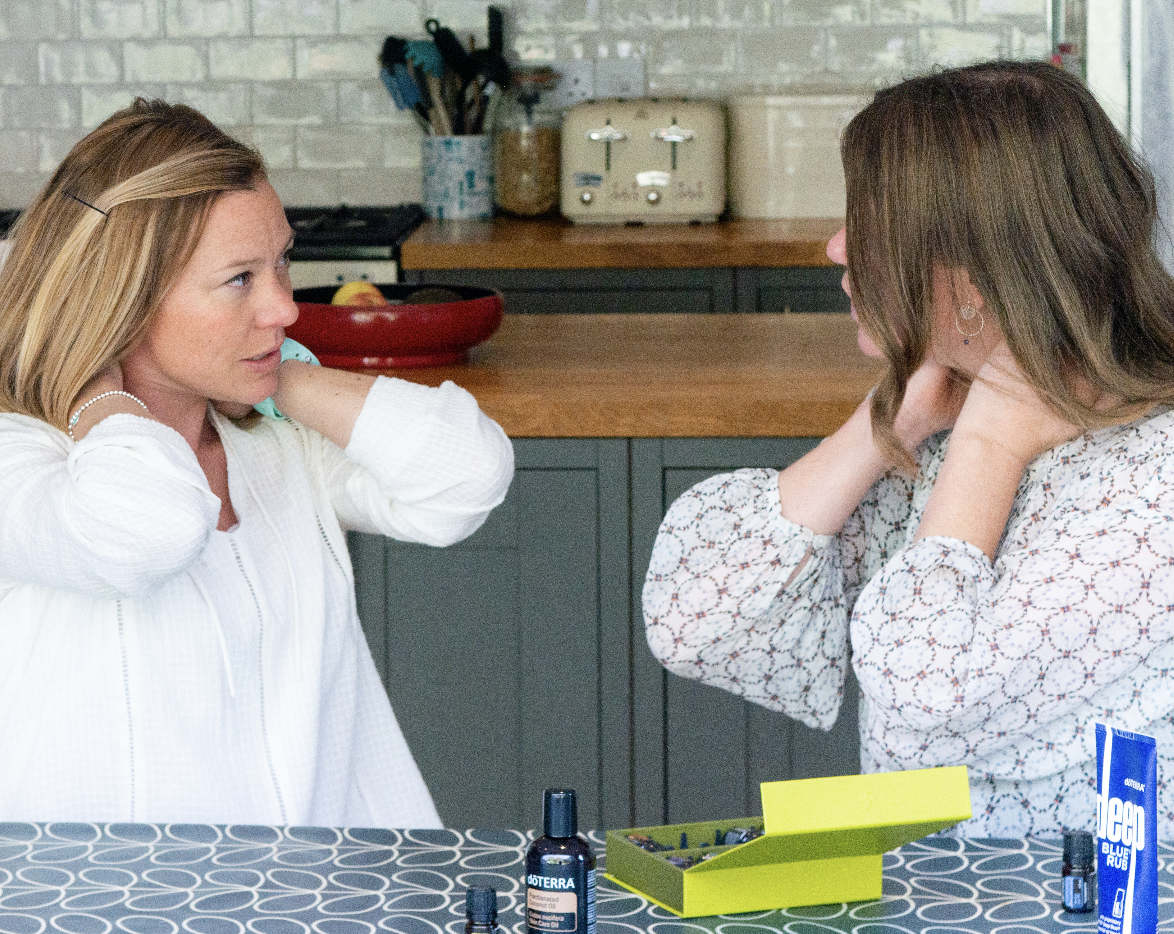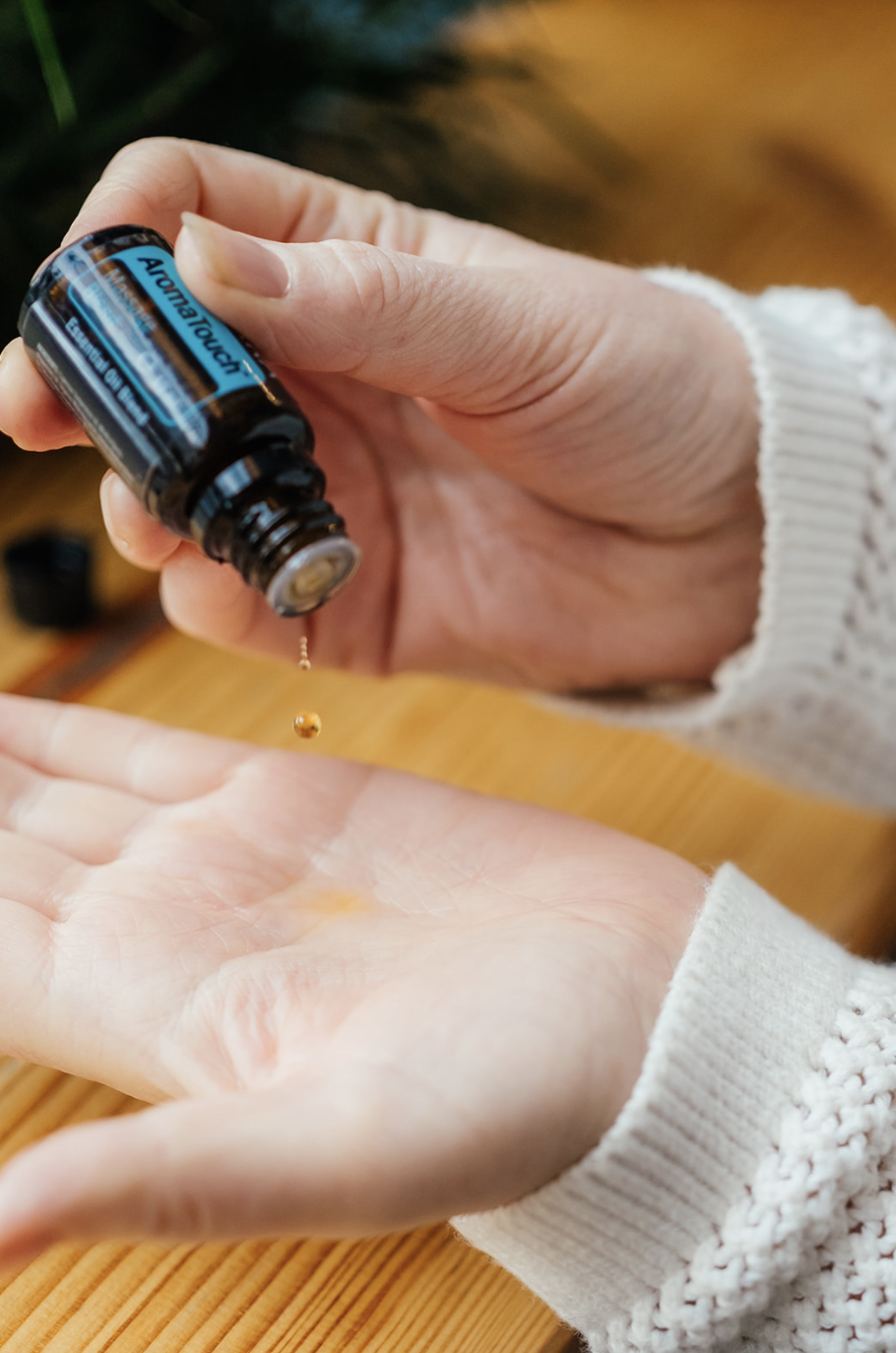




Sampling
Although there are many ways you can create interest, Sampling is the best and most effective way of creating interest in the oils for most individuals.
Sampling is not however the only way you can share the oils and is certainly not always the most effective. As you start sharing you will learn what works best for you and how you can adapt the things you have learnt to best meet the needs of the individual.
For example, sometimes it is better to just share some information either verbally or via email etc. There are some great e-books on doterra.com which can be used in this way. You could also send a video from dōTERRA’s YouTube channel. Or you may decide that for some individuals, it is better to just get them to a class first without being sampled. You can also expose them to a variety of oils without giving them a sample.
Serve vs Sell!
Selling can be the highest level of Service! When you really believe in something and want to share it with others to help them, then selling is the best thing you can do for that person. So, although sharing essential oils shouldn’t feel too ‘salesy’ as this is an incredible product that everyone needs! Do not hide behind the oils, be proud and passionate about what you do and show them why they need the oils.
A good approach to sampling, is to focus each day on who you can help. If you find yourself feeling nervous, it is usually because you are focusing too much on yourself. If you shift the focus onto serving others, then the nerves usually go away!
Remember you are doing them a favour, so you really don’t need to push the oils on anyone. Just share and then let them decide for themselves. Some people are interested straight away and often it takes between 5-8 touches before someone is ready to learn more.
What do you need to know to sample?
How to look up an ailment using Resources
What is an essential oil
What makes dōTERRA oils different (CPTG basics)
The three ways to take the oils
Safety Tips
Keep out of eyes, ears, and nose
Dilute with carrier oil, not water
‘Hot’ oils should always be diluted; Oregano, clove & Cinnamon
Citrus oils are photosensitive – best to wait 12 hours before direct contact with sun after topical application.
Start small and on feet and build up
Resources needed:
Home essentials kit or larger kit and coconut oil
Deep Blue Sampling Sachets – from back office
Oil Reference Book: Advanced Oil Magic, Modern essentials book and/or the essential life book
Sampling bottles
A-Z mini guide booklets
Sampling stickers – these come in the dōTERRA welcome pack and can be purchased from back office under ‘sales tools-product literature. You can also purchase specific oil ones at Essential Oil supplies.
Optional Resources:
Sampling bags – search ‘lavender organza bags’ on Amazon
Sampling tags or brochure;
Ten core oils leaflet
Essential oil safety and usage mini tear sheets
Sample information mini tear pads
Sampling carrier (key ring or purple/black vial case)- from back office or essential oil supplies
What are the best oils to sample?
The purpose of a sample is to give someone an experience which is obvious and quick. Therefore, you do not want to give a sample for any chronic conditions or things that cannot be seen very easily. You generally want to start with one sample per person and start with the least expensive sample. This is to help keep costs down for you but also to find the cheapest solution for your prospective customer. You also want your customer to be empowered as soon as possible. The best way for this is through them getting their own account so they are not reliant on you. If you give someone too many samples at the beginning, this can really delay the process. However, sometimes it is necessary to give a few samples. As you start sharing, you will soon learn the best method for each individual.
The following are some examples of ailments and samples which are good to give:
Peppermint – for headaches, insect bites, colds
Lavender – for sleep
Zengest – for any digestive issues, constipation, diarrhoea, heart burn, acid reflux, bloating etc.
Air – for respiratory conditions, snoring, hay fever, colds
Melaleuca – fungal infections, acne, skin conditions
Deep blue – muscle pain, inflammation, sports injury’s
Hay fever blend (Lemon, Lavender and Peppermint – 4 drops of each in a sample bottle)
Oregano – molluscum, warts, verruca’s
Onguard – tooth ache, sore throat, colds
Things to avoid:
Chronic conditions, psoriasis, coughs (this is because it is often hard to identify the reason for the cough so not great for a first experience), lemon for cleansing (as results can take a while) etc. Oils to elevate mood are also often not the best samples as again, it can be hard to see an obvious effect. However, there are exceptions to this.
How to make a sample
Take a sample vial and your chosen oil. Gently hold the edge of the oil against the rim of the sampling vial and allow the drops to fall into the bottle. A typical sample should have about 10-12 drops in. This gives them about five applications which should be enough for them to have a positive experience but not enough to keep them going for a long time so they are incentivised to purchase their own oils. It also makes sampling affordable.
Put a label on the sample vial to show what oils it is. You can then place the vial into a sampling bag and attach instructions or just give it as it is and explain what to do.

